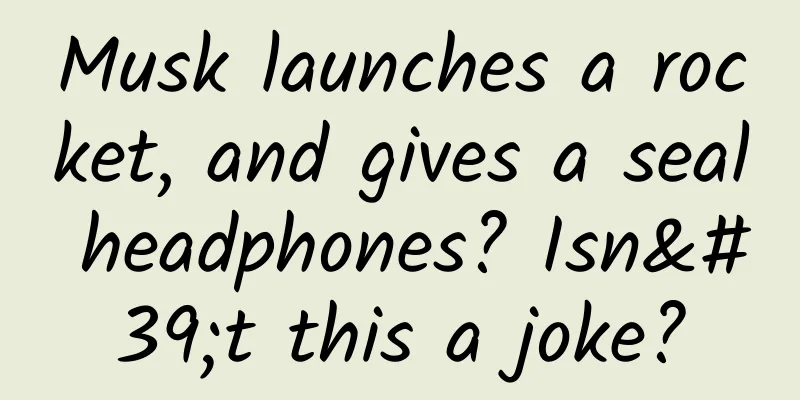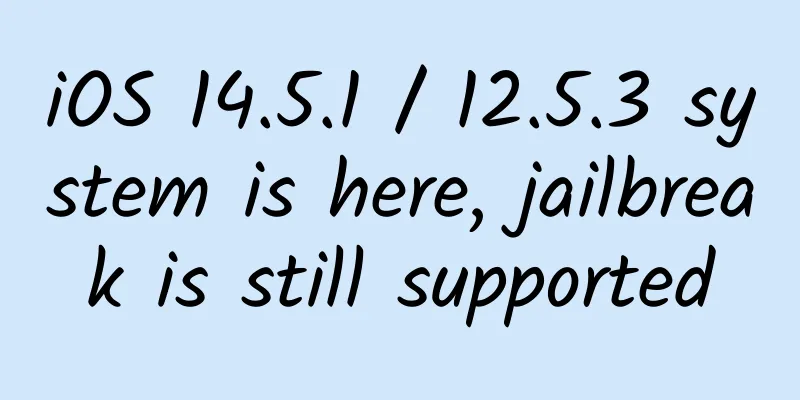Happy, happy, how can I get you

|
Depression, a global public health problem, affects the quality of life and health of millions of people. According to the World Health Organization (WHO), depression is one of the leading causes of disability worldwide, affecting more than 264 million people worldwide. This figure highlights the prevalence and severity of depression as a serious mental health condition. How should humans build a wall of defense against depression? Depression (Photo source: veer gallery) Part 1 Depression is more than just a bad mood Depression, characterized by a significant and persistent low mood, is the main type of mood disorder. Its main symptoms include persistent sadness, loss of interest or pleasure, decreased energy, sleep disturbances, changes in appetite, decreased self-worth, difficulty concentrating, and suicidal thoughts or behaviors. Much more than just a bad mood, depression is a disease that requires treatment. The impact of depression on individuals is profound and extends beyond the realm of mental health. It is also associated with a variety of physical health problems, such as heart disease and diabetes. In addition, depression has significant social and economic impacts, including reduced work capacity, increased demands on medical resources, and the economic burden associated with the disease. To eliminate these negative effects, scientists are constantly exploring ways to treat depression. Part 2 "Heart disease" needs "heart medicine" The causes of depression are multifaceted, including the interaction of genetics, biochemical changes, environmental factors, and psychosocial factors. Due to the particularity of mental illness, the treatment of depression is also quite diverse, usually including medication, psychotherapy, or a combination of both. Treatment of depression (Image source: veer gallery) Antidepressants are the most common form of treatment and include many types of medications, such as selective serotonin reuptake inhibitors (SSRIs), serotonin-norepinephrine reuptake inhibitors (SNRIs), tricyclic antidepressants, monoamine oxidase inhibitors (MAOIs), etc. These medications work by regulating the levels of specific chemicals in the brain to relieve symptoms of depression. It usually takes several weeks for medications to start working , and you may need to adjust the dose or switch medications to find the most effective treatment. In 2019, the U.S. Food and Drug Administration (FDA) approved the launch of the first fast-acting antidepressant, S-ketamine (Spravato). Clinically, a single dose of the drug can produce antidepressant effects within 1-4 hours. Compared with traditional antidepressants, ketamine is fast-acting and can significantly improve patients' depressive symptoms within a few hours. Just one sub-anesthetic dose can have an effect on depressive symptoms for up to two weeks. Molecular structure of ketamine (Image source: wikimedia) The development of fast-acting antidepressants is crucial to improving the quality of life of patients with depression. For those with severe depression, especially those at risk of suicide, fast-acting treatments can provide timely help and reduce patients' pain and suicide risk. In addition, the emergence of fast-acting antidepressants may also change the current treatment model and provide patients with more choices and hope. But the drug is not without harm. The FDA pointed out in 2019 that S-ketamine may impair attention, judgment, thinking, reaction speed and motor skills. In clinical trials, the most common side effects of patients included schizophrenia, nausea, and increased blood pressure. The FDA mentioned in a warning document released in February 2022 that due to the potential risks of multiple medications, S-ketamine is strictly controlled in terms of preparation and administration. For example, patients must use the drug in officially certified medical institutions, and after the medical institution administers the drug, the patient must be monitored for at least two hours until the patient leaves safely. The use of ketamine to treat depression is an important development in the field of drug development for psychiatric disorders, but it also highlights the urgent clinical need for fast-acting antidepressants and the grim status of the development of fast-acting antidepressants. Is there a better drug than ketamine? Part 3 New drugs to treat depression Professor Hu Hailan's team at Zhejiang University found that the target of ketamine's antidepressant effect is the glutamate receptor in the lateral habenula of the brain. The study pointed out that the abnormal increase in excitability and cluster discharge of the lateral habenula of mice in a depressed state are related to the increase in calcium ion influx mediated by glutamate receptors. In addition, this increase in excitability is related to the imbalance of ion homeostasis, especially the increase in the activity of potassium channel 4.1 (Kir4.1) on the cells, which leads to an increase in the difference in potassium ion concentration inside and outside the neuronal cells, triggering the opening of glutamate receptors, and ultimately leading to anhedonia and the occurrence of depressive symptoms. Based on this, researchers from the Shanghai Institute of Materia Medica, Chinese Academy of Sciences, found in February 2024 that blocking the Kir4.1 potassium channel can produce a rapid antidepressant response, which is an important progress in the treatment of depression. This study not only demonstrates a treatment mechanism different from traditional antidepressants, but also provides a possible new treatment method, which may be a ray of hope for patients who do not respond well to existing treatments. Small molecule Lys05 exhibits rapid antidepressant activity by inhibiting Kir4.1 potassium channel (Image source: Reference [3]) The discovery of the Kir4.1 potassium channel provides a new direction for the treatment of depression. By blocking this channel, the depressive phenotype in animal models can be significantly reversed in a short period of time, an effect comparable to that of S-ketamine, but with potentially better safety. This means that future depression treatments may not only relieve symptoms more quickly, but also have fewer potential side effects and dependency issues. Of course, while the discovery of the Kir4.1 potassium channel is an exciting advance, more research and clinical trials are needed before this treatment can be used in humans. This includes evaluating its safety and effectiveness in humans and determining the best way to administer it and the dosage. In addition, researchers will need to explore whether this treatment approach is suitable for all types of depression patients and how it can be combined with existing treatments. In short, the discovery of Kir4.1 potassium channels has opened up a new path for the treatment of depression and brought new hope to patients who are still struggling with traditional treatments. With the deepening of future research, we have reason to expect that more patients with depression will be able to find treatments that suit them and regain happiness. References: 1.Yang, Y., Cui, Y., Sang, K. et al. Ketamine blocks bursting in the lateral habenula to rapidly relieve depression. Nature 554, 317–322 (2018). 2.Cui, Y., Yang, Y., Ni, Z. et al. Astroglial Kir4.1 in the lateral habenula drives neuronal bursts in depression. Nature 554, 323–327 (2018). 3. Zhou, X., Zhao, C., Xu, H. et al. Pharmacological inhibition of Kir4.1 evokes rapid-onset antidepressant responses. Nat Chem Biol (2024). doi: 10.1038/s41589-024-01555-y. Author: Zhan Li (Shanghai Institute of Materia Medica, Chinese Academy of Sciences) Producer: China Science Expo This article only represents the author's views and does not represent the position of China Science Expo |
<<: This food is closely related to immunity, but many people may not eat enough
Recommend
Tips for avoiding pitfalls when buying winter clothes: Learn about several common textile fibers
Every year, after buying winter clothes for the S...
Robots are so popular, but can you imagine the final form of artificial intelligence?
"Give you 24 hours of company, answer all yo...
Samsung should fight Apple instead of Chinese manufacturers
Samsung's Galaxy S6 and Galaxy S6 Edge are in...
Once a jay hides its food, does it really remember it?
The sower in the forest - Jay The jay belongs to ...
Three tricks for short video marketing promotion: KOL + topicality + in-depth interaction
Introduction: In today's mobile era, short vi...
6 suggestions for elevator advertising
Every day when we enter and leave residential are...
Using bullock carts to pull satellites! India, which is "running slowly and slowly", is implementing its cheap lunar exploration plan
Indian lunar probe renderings | Source: ISRO Writ...
10 questions and answers about brand deductions on Xiaohongshu
Recently, brand partners have been discussing the...
Introduction to the advantages of 360 search promotion display advertising system!
What is the display advertising system? Display a...
How did “gutter oil” become aviation fuel for domestic large aircraft?
At noon on June 5, the domestically-produced larg...
Better UI update routine
[[174789]] This is a lesson I learned while writi...
4 elements to effectively increase user growth!
In the circle, whenever the word "growth&quo...
Subsidies will change, and the new energy vehicle market will be polarized
June 11 is the last day of the transition period ...
The first JD Cup Smart Hardware Challenge came to an end. What will change if we stand on the "shoulders of giants"?
On August 20, after nearly three months, the firs...
up to date! Traffic rankings of 33 information flow platforms, a must-read for advertising!
Do you want to know how the major information flo...









